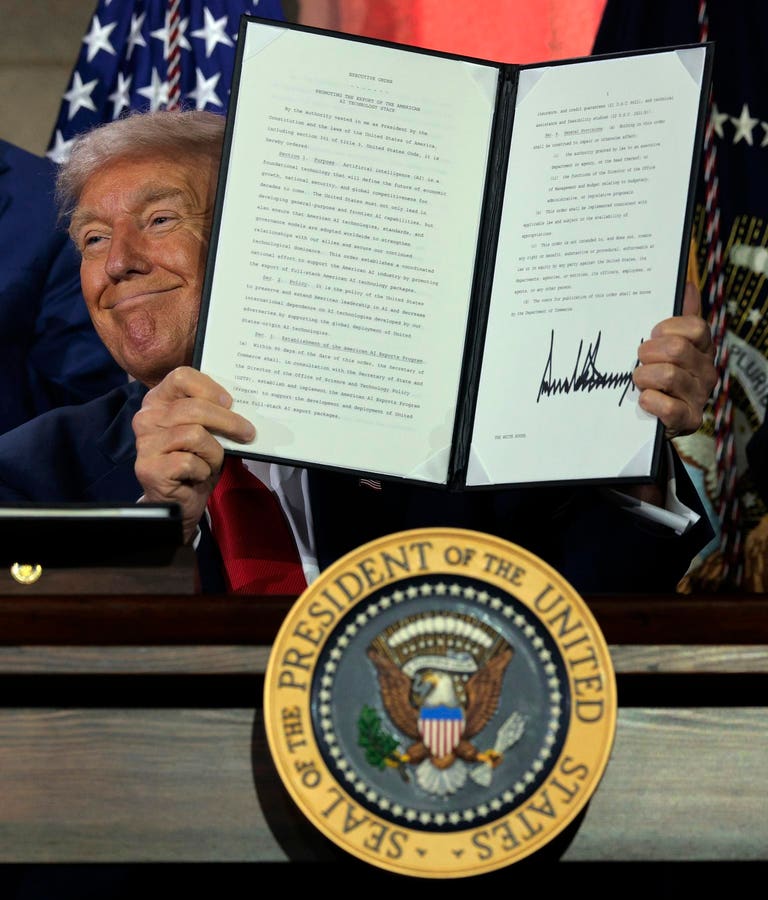Cincinnati Bengals quarterback Joe Burrow (9) reportedly suffered a Grade 3 turf toe injury during the Bengals 31-27 victory over the Jacksonville Jaguars on Sunday. (Photo by Ian Johnson/Icon Sportswire via Getty Images)
Icon Sportswire via Getty Images
This is toe-tally not good news for the Cincinnati Bengals. Their quarterback Joe Burrow reportedly suffered a Grade 3 turf toe injury during the Bengals 31-27 victory over Jacksonville on Sunday. He was later seen in a walking boot and on crutches following the game. And to boot, initial indications are that his injury may require surgery, which could sideline him for at least three months.
The injury occurred during the first half of the game with 8:36 left in the second quarter. Jacksonville defensive end Arik Armstead sacked Burrow, leaving Burrow burrowed underneath a bunch of players. After the whistle blew, Burrow first tried to limp off the field but then went down to the turf of Cincinnati’s Paycor Stadium. He was eventually helped off the field into the blue injury tent. Following an evaluation there, he tried to walk to locker room but then needed assistance to get there. That was the last time fans saw Burrow on the field on Sunday.
This is certainly not the first injury that Burrow has had in the NFL. After being selected number one overall in the 2020 NFL draft, Burrow suffered a season-ending knee injury during his first season. In 2023 he had a calf injury during training camp and then a wrist injury 2023 that kept him out of 13 games.
What Is Turf Toe
I covered in Forbes different types of toe injuries last week when the San Francisco 49ers were facing the not-so Purdy situation of not having Brock Purdy as their starting quarterback for their Week 2 clash against the New Orlean Saints. It turns out Purdy had suffered a turf toe during his Week 1 game as well—just not a severe as the one that Burrow had one week later.
Turf toe is another name for an injury to the metatarsophalangeal joint of your big toe. Your big toe, otherwise known as your hallux or your big piggy, has two joints. The further out one is known as the interphalangeal joint because your toe has two bones, the distal and the proximal phalanges. The closer of the two joints is knwn as the MTP joint since it connects your proximal phalange with your first metatarsal. This joint is located right at the base of your big toe.
A turf toe injury is when this MTP joint goes a rocking in a very specific way, a hyperextension or overbending of your big toe. This can result when your heel is high off the ground and your big toe is pressed flat into the ground or turf, hence the name of the injury. You may be in such a position if you are sprinting, balancing on your toe as a ballet dancer or reaching for that fruitcake tucked away on the top shelf of your kitchen cabinet. A single forceful push or repeated pushes over time that bend your toe too much can then stretch or tear the connective and other soft tissues that surround and typically stabilize this big toe MTP joint.
This stuff around the MTP joint includes ligaments, which are bands of connective tissue that connect the two bones that form the joint. Tendons are tissues that connect muscles to bone. The rest of the soft tissues are other tissues that are, well, soft, as opposed to bones, which are hard. These are what make the big piggy so big and piggy.
Burrow Suffered A Grade 3 Turf Toe Injury. What Is That?
Just like it does in school, your grade matters when it comes to turf toe injuries. The mildest of turf toe injuries are the Grade 1 ones. This is where you’ve stretched the tissues around your MTP joint but not torn them. The area may be sensitive. You may see some mild swelling. This could impair your ability to exercise and play sports a bit.
Next up are Grade 2 turf toe injuries. You know that Natalie Imbruglia song that goes, “Nothing’s fine, I’m torn?” Well, Grade 2 turf toe is where you’ve partially torn at least some of the soft tissues in your MTP joint. The tenderness and swelling will typically be a lot more significant. You may see some bruising or even a lot of bruising. This definitely should limit your ability to exercise and play sports.
The worst turf toe injuries are the Grade 3 ones, where you’ve completely torn the soft tissues around your MTP joint. In fact, you MTP joint could even be dislocated, meaning that the phalange has actually slipped out of the joint. This is bad to the bone, so to speak, causing very bad pain and swelling. Forget exercise and sports. You may not even be able to move your toe.
How Do You Treat Turf Toe?
For Grade 1 or 2 turf toe injuries, the main treatment is rest and time. Grade 1 injuries usually clear up within a week. It takes a little longer, maybe two to three weeks, for a grade 2 injury to fully heal. Grade 3 injuries typically take a whole longer, like two to six months.
This means not putting too much weight on your foot. Wearing a walking boot or using crutches could help with this if the injury is severe enough. Taping your big toe to your smaller toes can keep the MTP joint from moving and facilitate healing.
There are several things you can do to reduce the swelling immediately after the injury. One is keeping your foot elevated above your heart. So can periodically icing or applying cold compresses to the area. Nonsteroidal anti-inflammatory drugs or NSAIDs like ibuprofen can help with both the swelling and the pain.
Another thing that can really help is PT. A physical therapist can offer exercises to strengthen the muscles around your MTP joint, increase the flexibility of the joint and reduce stiffness. You also may get orthotics to provide additional support when you return to exercising and playing sports.
If it’s a Grade 3 injury and the damage is extensive enough, surgery may be necessary to repair the damage. This could include fixing any fractures, moving bones that are dislocated back into place or repairing torn ligaments. Surgery will have its own recovery time, which then adds to the time that you out of sports.
Jake Browning Will Play In Burrow’s Place
With Burrow out, the Bengals will have to rely on his backup, Jake. Not Jake from State Farm, but Jake Browning, the third year QB from the University of Washington. ON Sunday, Browning subbed in for Burrow and led the Bengals back from a deficit against the Jaguars. He capped the comeback by leaping into the endzone with just 18 seconds left in the game. Losing Burrow is certainly a big loss. But if you are a Bengals fan, you’ll have to see what Browning can do for you.









